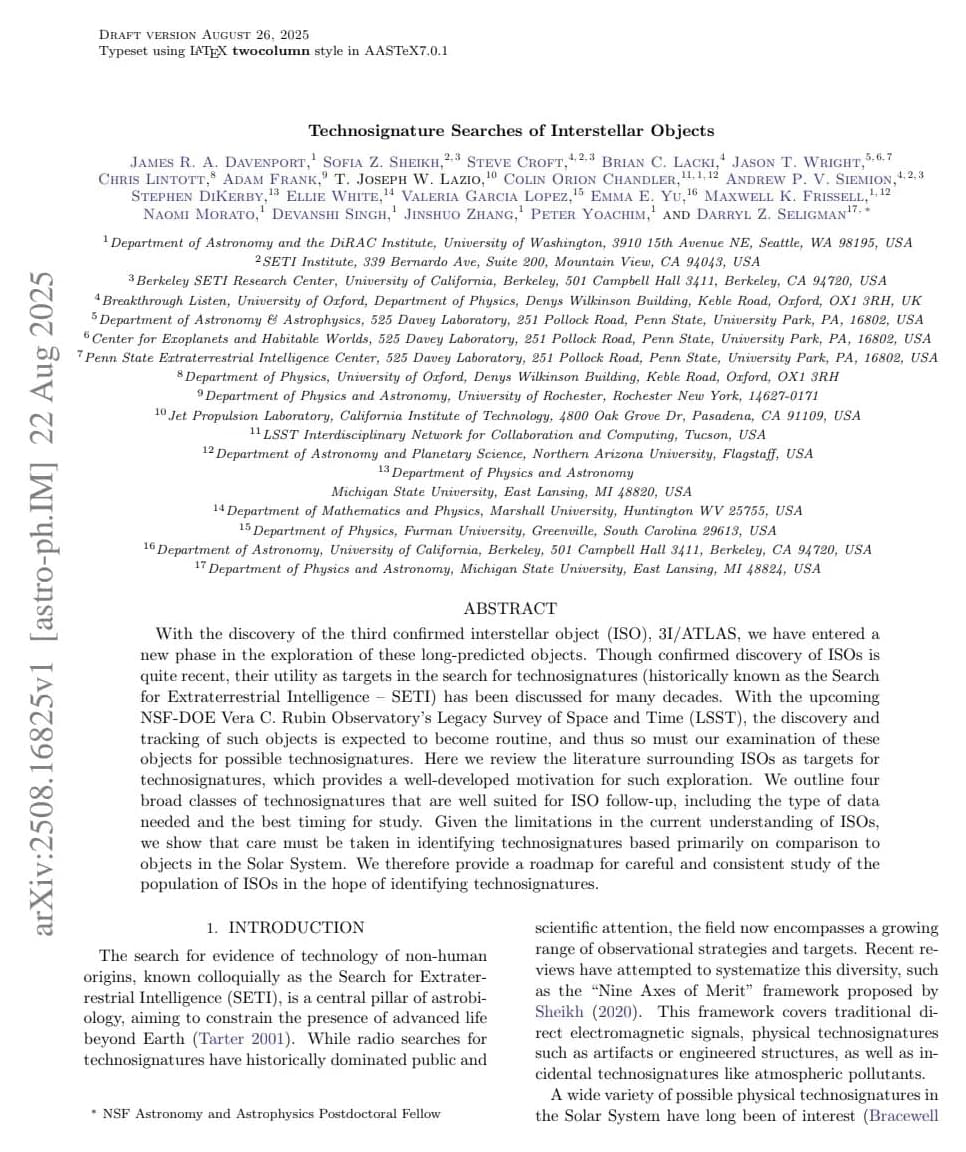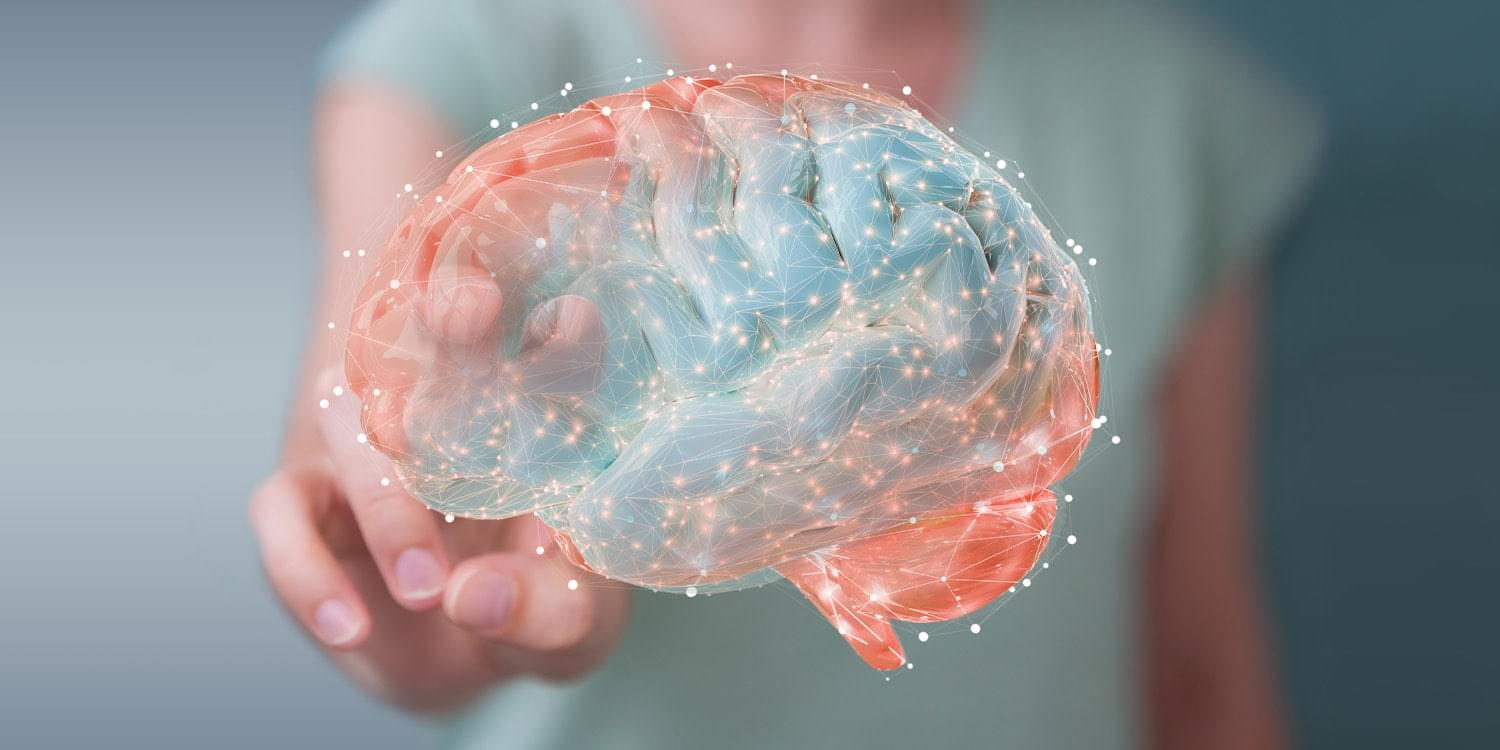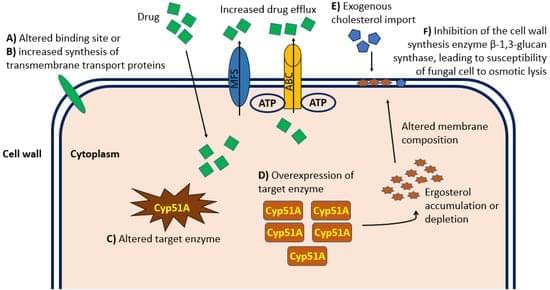What looks like ordinary sand, rocks or snow flowing in one direction can actually hide swirling currents that move in multiple directions beneath the surface.
When grains move in a landslide, most follow the steepest downhill path. This is the “primary flow,” where particles largely follow the herd. But some grains move sideways or swirl in hidden patterns, forming “secondary flows” that subtly influence how far and fast the material travels.
Understanding how grains move beneath the surface could help explain the physics of avalanches and landslides, and even improve how we handle everyday materials like wheat in silos or powders in pharmaceuticals.









